
The Museum of London Revisited
MANY CULTURES divide their history into BC and AD. For Londoners, it’s BF and AF. Before and after the Great Fire of 1666. The Great Fire seems to have had more effect on the fabric of London than the Romans, the dissolution of the monasteries, plague and the British civil war. For many historians, that accidental blaze in Pudding Lane marks the turning point between the London of antiquity and “Modern London.”
Nowhere is this clearer than in the Museum of London. After what seemed like forever, the “ancient” galleries covering Roman to medieval London have finally been joined by some astounding new “modern” rooms covering the history of the city from the Great Fire to today.
The new galleries are loosely theme-based. The first, “Expanding City,” explores the way London grew from the fire’s ashes into the most important city in the 18th-century world. I particularly loved a court dress worn by Ann Fanshawe, daughter of the Lord Mayor, in 1752. Its giant panniers, woven with silver hops and barley, still glow today.
A frustrating by-product of a perpetual museum problem—vast amount of items; tiny amount of exhibition space—is that their enormous collection of costume usually languishes in storage. But they have come up with an ingenious way of displaying the finest Georgian and Regency garments without risking light damage. A small gallery has been presented as a Georgian pleasure garden; the precursor to theme parks, where the visitor can enjoy the mysterious joys of wandering around a fairground at night. My money’s on it being the runaway hit of the show.
In direct contrast, an original cell, complete with graffiti, from Wellclose Debtors’ Prison has also been included as a grim reminder of the precarious nature of 18th-century life.
[caption id="BeyondtheBookshelf_img1" align="aligncenter" width="1024"]
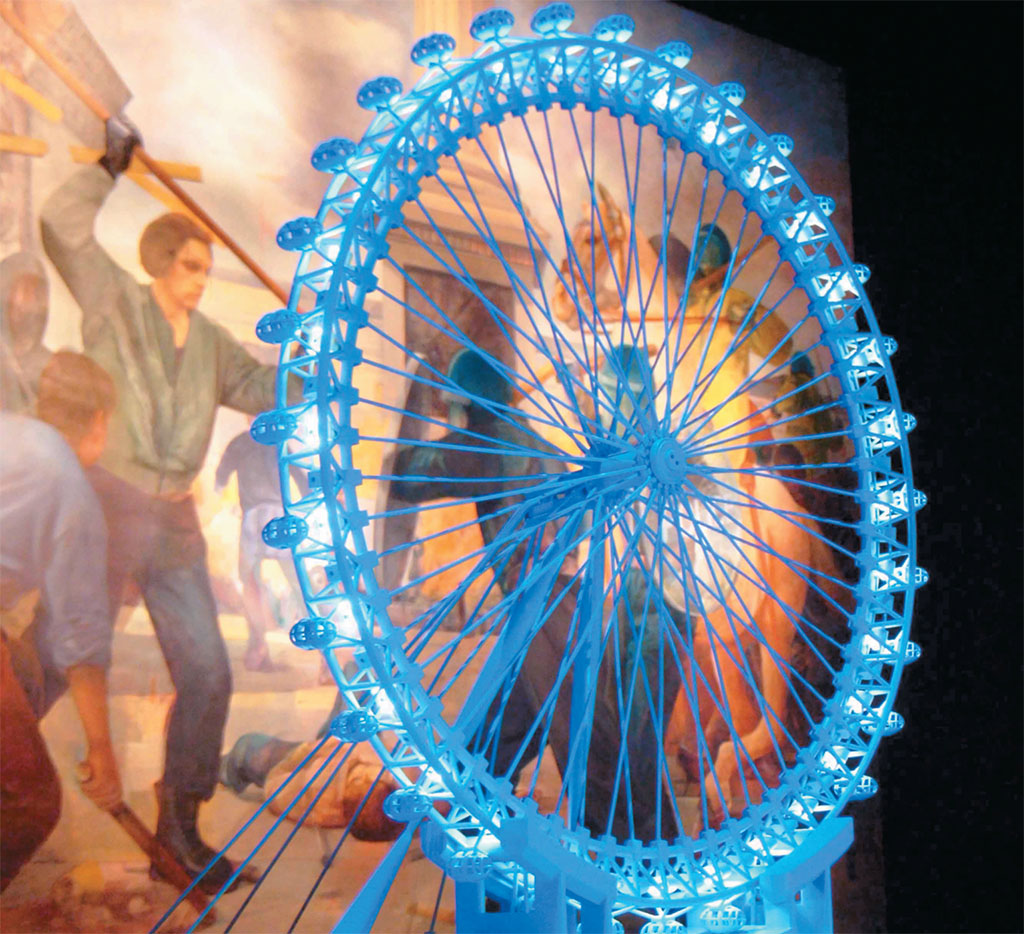
SANDRA LAWRENCE
When it was originally created for the galleries’previous incarnation, the Victorian Walk was a sensation, giving the visitor a chance to walk around old shops, pubs and even a 19th-century urinal. Its style has since been copied across the world, but I’m pleased to see that the granddaddy of modern museum interpretation has been spruced up so it shines like new.
The theme of the 1850s to 1940s is that of people—London was at its most populous ever; a cosmopolitan melting pot of race and class. Suffragettes and Music Hall, squalor and excess, industry and poverty are highlighted. Beautiful, hand-made luxuries are set next to their means of production, images of high and low life jostle cheek by jowl as the various social strata did at the time. For the first time that I’ve seen, the two world wars are also combined, for the simple reason that a whole generation lived through both. It works.
I’m glad that the museum hasn’t decided to turn it all into too much of a social deprivation project. Life wasn’t all grind, and music hall queen Kitty Lord’s satin stage boots give us a saucy vision into the way all classes would have relaxed. I was taken, too, by an exquisite Lyons corner shop front, complete with Pepper’s Ghost “Nippy” waitress. We don’t have a single one of those beautiful stores left, and our streets are the poorer for it.
The richness of the 20th-century artifacts makes us realise just what we’ve lost in the past 80-odd years. So many beautiful cinemas were destroyed in the latter 20th century that the Museum of London, which tried to save as many fixtures and fittings as possible, has no idea which beautiful, ravaged suburban cinema any one piece is from. I like to think of the tiny “Minima” they’ve created using a collection of seats, lights etc. as being a Tomb of the Unknown Movie House.
The remaining galleries, “World City,” cover the 1950s to present day. Clothes and memorabilia from the coronation and the Festival of Britain through the Swinging Sixties and the punk era to today include items both for Londoners, in the form of old copies of Time Out and a Vespa scooter, and their visitors, in the form of old tourist brochures and one of those 1980s Heathrow baggage trolleys that always had wonky wheels.
[caption id="BeyondtheBookshelf_img2" align="aligncenter" width="360"]
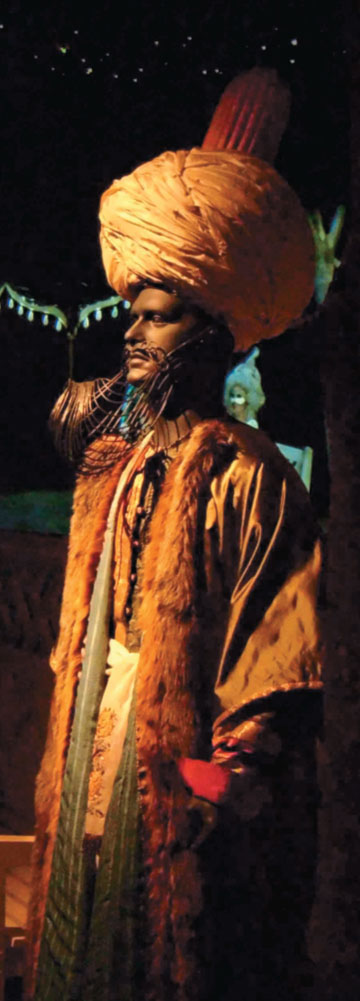
[caption id="BeyondtheBookshelf_img3" align="aligncenter" width="381"]
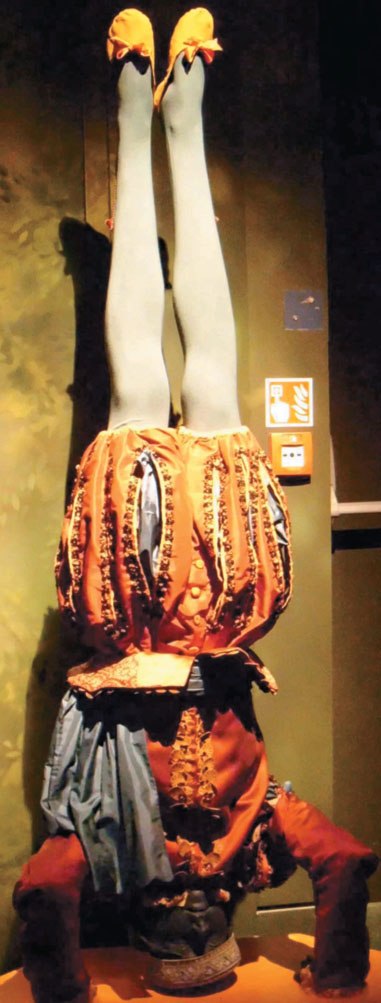
There’s one last sight. The Lord Mayor’s coach, built in 1757 and still used today, was originally displayed over a pool of water. In its new glass gallery on street level the water is gone; apparently it was more for cosmetic reasons than the humidity. It’s a practical room—after all, the coach needs to be got in and out each November to be paraded through the city streets conveying the new Lord Mayor, but I noticed a flaw. How do they maneuver such delicate, ancient wheels through the museum without breaking it? “You really want to know?” asked the room attendant. “Specially designed roller skates….”
—Sandra Lawrence
Lee Remick’s greatest role
DVD
Jennie: Lady Randolph Churchill,
2-disc boxed set, Acorn Media, Silver Springs, Md., 7 episodes, app. 361 minutes, $49.99.
[caption id="BeyondtheBookshelf_img4" align="alignright" width="283"]
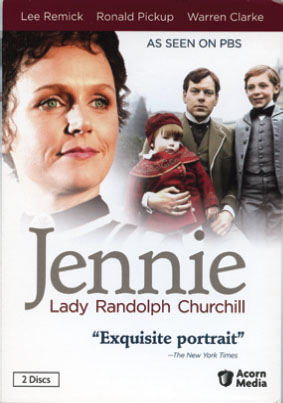
NO ONE IS keeping alive the great back catalog of British media like Acorn Media. Once again, they have brought a true jewel new life with the multi-award-winning miniseries Jennie: Lady Randolph Churchill. It may have been the standout performance of talented actress Lee Remick’s career. Remick won both a Golden Globe and a BAFTA for her portrayal of the adventurous Jennie Jerome, the American new-money ingénue who married Lord Randolph Churchill and mothered Winston Churchill.
The media release says it well: Follow Jennie through her extraordinary life, from her first meeting with Lord Randolph Churchill at the age of 19 through their whirlwind marriage, Winston’s youth, a feud with the Prince of Wales, exile in Ireland, Randolph’s death and two more marriages: the first to a man the same age as her son, the second to one even younger!
The story is told in seven episodes with a star-studded cast and beautiful location filming. Jeremy Brett plays Count Kinsky, reckoned to be Lady Jennie’s true great love. Sian Phillips, Christopher Cazenove and Warren Clarke as a young Winston also star. It’s a lush period costume drama and, in fact, among its many awards, it won an Emmy for costume design.
This is a captivating series that hasn’t been available for a generation. It holds up well; still a stunning experience in history and the personal lives of those close to the pulse of England in its final decades of empire. If you would like it, you’ll love it.
[caption id="BeyondtheBookshelf_img5" align="aligncenter" width="1024"]
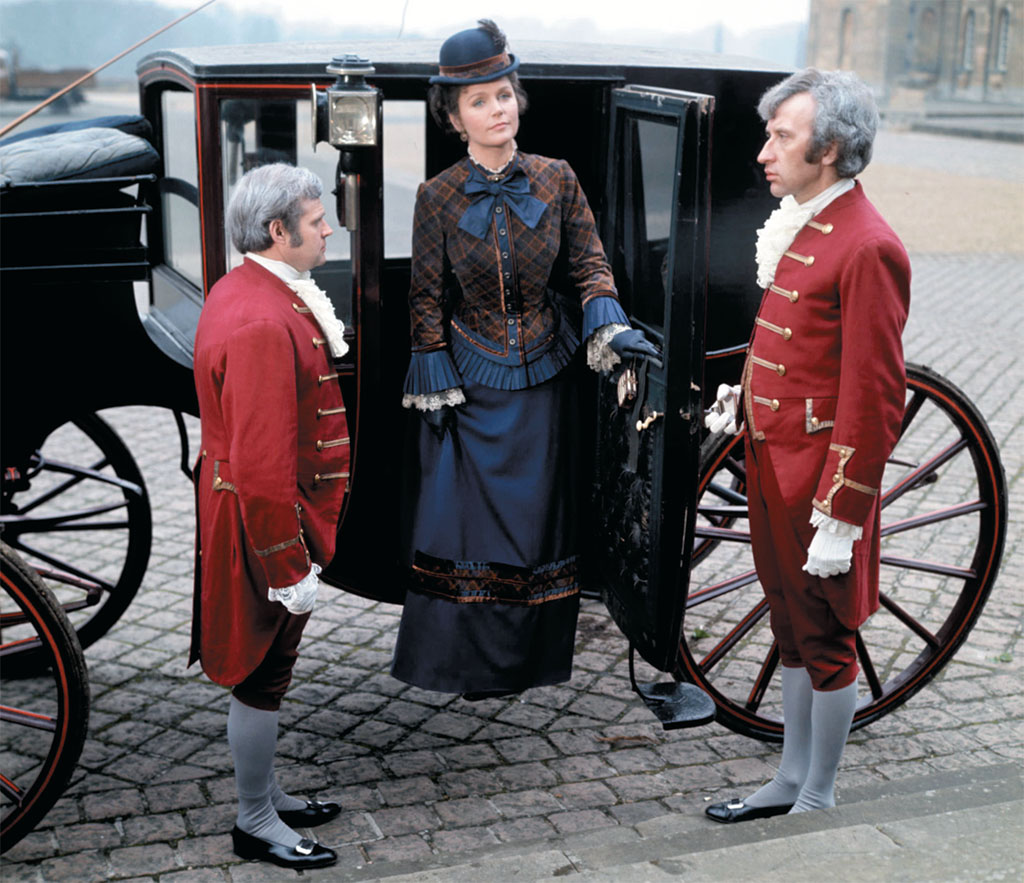
COURTESY OF ACORN MEDIA
David Jason shines as always
DVD
A Bit of A Do, 4-disc boxed set, Acorn Media, Silver Springs, Md., 13 episodes, app. 659 minutes, $59.99.
[caption id="BeyondtheBookshelf_img6" align="alignright" width="287"]
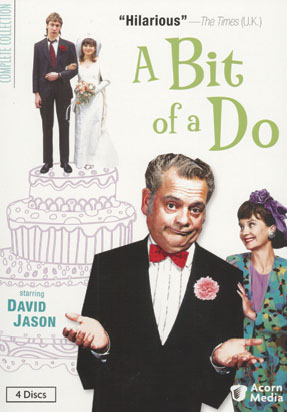
THE PREMISE is simple and classic. A Yorkshire working class lad marries the middle-class daughter of a dentist. Their families, each elegant snobs in their own fashion, are thus brought together by marriage, and brought together again and again for sundry family events, christenings, weddings, funerals and the crowning of Miss Frozen Chicken UK.
The clash of social class is only the beginning. With each “do” fueled by social pride, lust, jealousy and alcohol, the party is bound to be interesting. The sexes battle as well as the social classes.
A continuing storyline runs from a bit of one do to a bit of another; it’s a black comic soap opera. Humor and pathos do indeed blend in this saga of social malfunction. Oddly enough, the series grows on you. The characters are believable and we grow to care for them, too. The sad part is we recognize that they create flotsam and jetsam lives for themselves because they have no moorings beyond their existential lives. There’s more than a bit of the human condition on view here, as well as a fun look at the class struggle in Yorkshire social life. And make no mistake, the series is genuinely funny.
David Jason and Stephanie Cole headline a superb ensemble cast of predictably eccentric characters in this award-winning British comedy series, available to American viewers for the first time in this Acorn Media DVD release.
[caption id="BeyondtheBookshelf_img7" align="aligncenter" width="1024"]
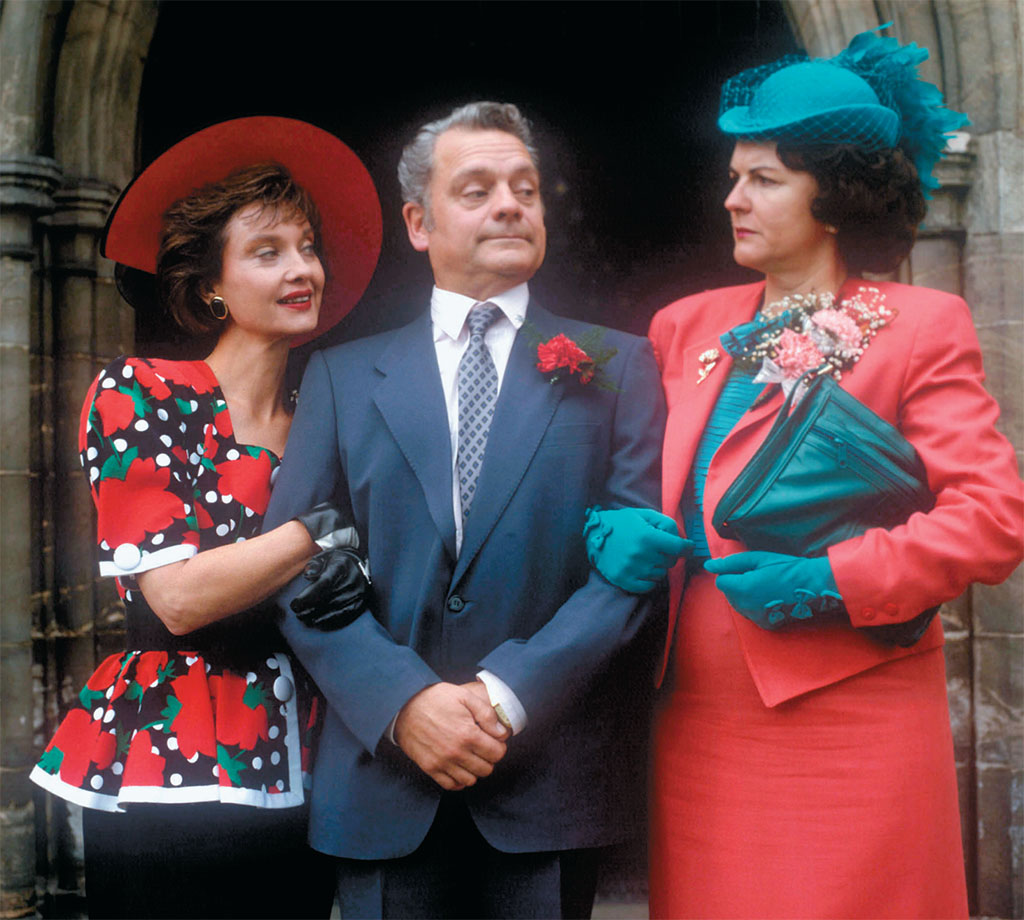
COURTESY OF ACORN MEDIA
BOOKS
Anne Boleyn: Fatal Attractions, by G.W. Bernard, Yale University Press, New Haven, 236 pages, hardcover, &doller;30
[caption id="BeyondtheBookshelf_img8" align="alignright" width="281"]
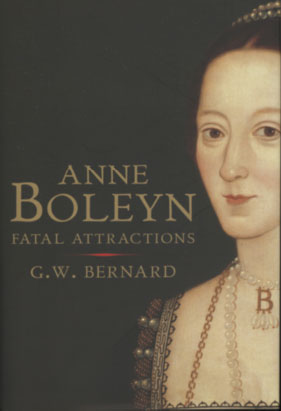
Anne Boleyn: Still Turning Heads
ANNE BOLEYN scholarship is a brutal field, where theories are more than conclusions based on historical data. Each work produced by the pantheon of Boleyn historians is as much a defense of their previous work as it is a foray into new interpretation. G.W. Bernard’s book is no exception. Bernard is famous for his controversial theory that Anne Boleyn was, in fact, guilty of adultery—a theory rejected by Tudor historians Eric Ives and Retha Warnicke, among others. Though his new work is presented as a biography, the details of her early life are glossed over to focus on the meat of the Anne Boleyn debate: Bernard’s theories on her involvement with England’s break from Rome, Henry’s first divorce and Anne’s fall.
Bernard neither patronizes his audience nor assumes that they are steeped in Tudor history. The book hits its stride in its analysis of Henry VIII and Anne’s marriage, and moves strongly through Bernard’s interpretation of Anne’s alleged lovers and adultery charges. His detailed review of the events immediately before and during the investigation of Anne is exceptional. It presents an innovative study on England’s most infamous queen that examines tired sources in a fresh way.
Bernard humanizes the larger-than-life Boleyn, fashioning a portrait of a woman, who is by no means an angel, nor the great architect of the English Reformation that so many assume. Overall, Bernard’s new book serves as both an excellent starting point for Tudor history novices and a thought provoking addition for Boleyn enthusiasts.
—Marlee Newman





Comments